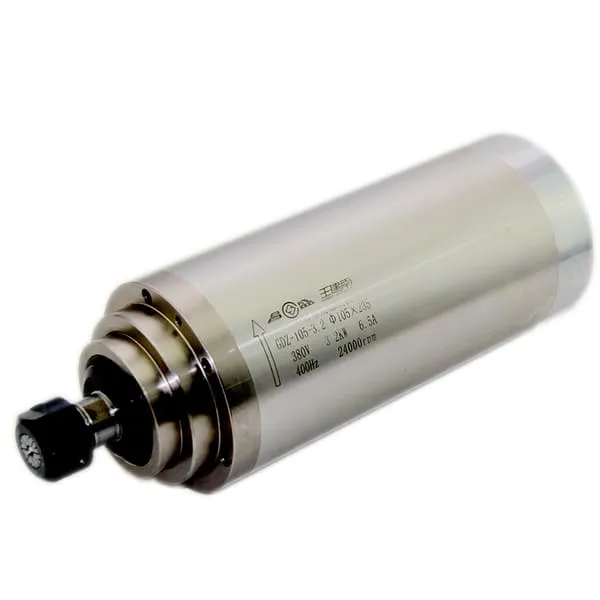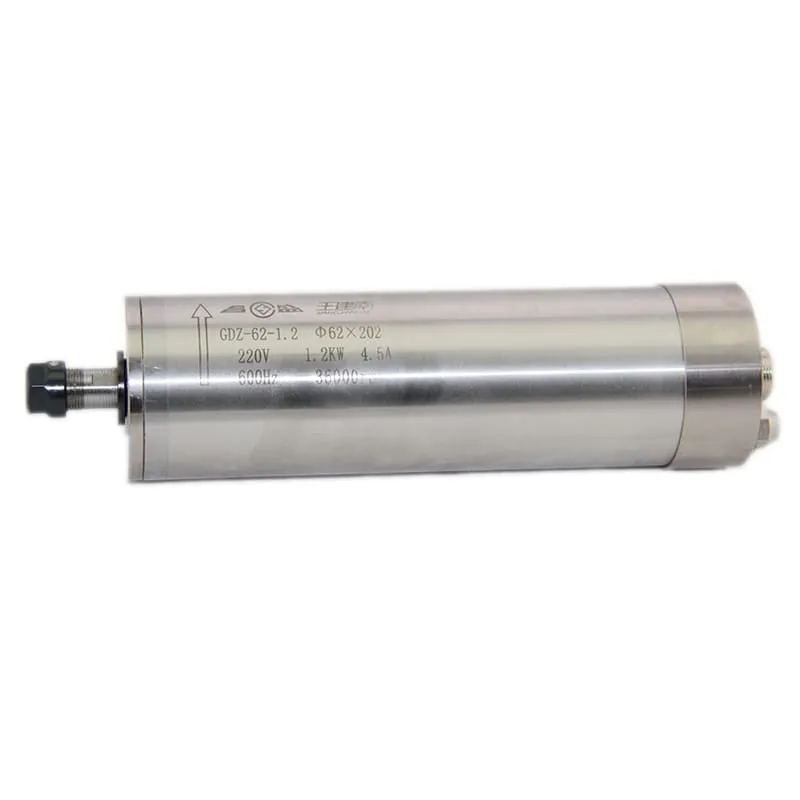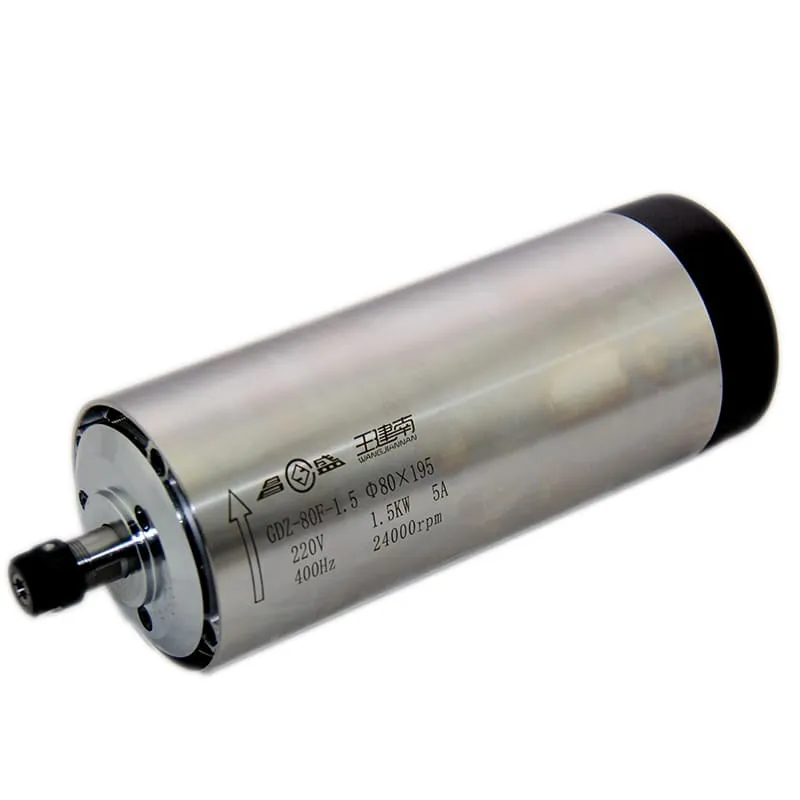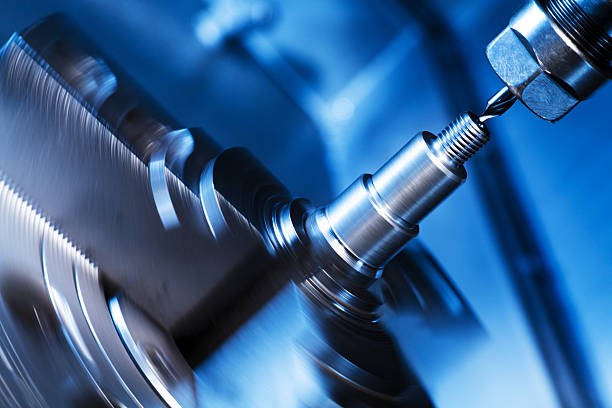The evolution of CNC machines has dramatically reshaped modern manufacturing by providing unparalleled precision, speed, and versatility. If you have been curious about “What are the 5 common types of CNC machines?”, this comprehensive guide will introduce you to the most widely used CNC machines in industry today. We will break down the uses, advantages, and key features of each type to help you understand how they contribute to manufacturing processes.
Understanding CNC Machines
What is a CNC Machine?
A CNC (Computer Numerical Control) machine is a tool controlled by a computer that directs precise movements based on pre-programmed instructions. CNC machines can perform tasks such as cutting, drilling, milling, and turning, and are used for making everything from car parts to fine woodworking pieces. The key to CNC machining is automation—machines work from digital files and can produce high-quality parts efficiently.
The following are the 5 most common types of CNC machines in industry today, each serving unique purposes based on the complexity and material of the workpiece.
Internal Link: Learn more about our CNC Spindle Motors that power these machines with precision and reliability.
1. CNC Milling Machine
What is a CNC Milling Machine?
CNC milling machines use rotating cutting tools to remove material from a workpiece. Unlike manual milling, CNC milling is automated, allowing for greater precision and repeatability. The machine follows a G-code program generated from CAD (Computer-Aided Design) and CAM (Computer-Aided Manufacturing) software to carve out intricate designs.
Key Features of CNC Milling Machines
- Vertical and Horizontal Mills: CNC milling machines can either have a vertical spindle (used for drilling and face milling) or a horizontal spindle (ideal for heavy material removal).
- Tool Versatility: CNC mills use a variety of tools, such as end mills, face mills, and form cutters, allowing them to perform diverse operations.
- Axes Movement: Standard milling machines operate along the X, Y, and Z axes, but more advanced versions add A and B axes for 5-axis milling, providing even more flexibility.
Internal Link: Discover our 24000RPM 3.2KW ER20 Water-Cooled Router Spindle to power your CNC milling machine effectively.

Applications of CNC Milling Machines
- Automotive and Aerospace Components: CNC milling is ideal for creating intricate engine parts and airplane components.
- Molds and Dies: Perfect for producing molds used in plastic injection molding.
- Prototyping: Great for quickly producing prototypes for testing and validation.
2. CNC Lathe Machine
What is a CNC Lathe Machine?
A CNC lathe machine is used to rotate a workpiece against a fixed cutting tool, making it ideal for creating cylindrical shapes. The lathe uses a different cutting method compared to milling—it spins the material, while the cutting tool is applied along the rotating axis to shape the workpiece.
Key Features of CNC Lathe Machines
- Turning and Facing: Lathes are best suited for turning, which is removing material from a rotating workpiece, and facing, where a flat surface is made at the end of the workpiece.
- Multi-Axis Capability: CNC lathes operate along two primary axes—Z (lengthwise) and X (diameter-wise). Some models add extra axes for complex parts.
- Spindle Motor: The spindle motor is crucial for achieving precise rotations. For example, the 2.2KW ER20 Air-Cooled Spindle ensures consistent rotation and precision.

Applications of CNC Lathe Machines
- Shafts and Cylinders: Ideal for producing engine shafts, cylinders, and other rotational parts.
- Furniture and Decorative Items: CNC lathes are also used for woodturning, such as making table legs or ornamental spindles.
3. CNC Router Machine
What is a CNC Router Machine?
CNC routers are similar to milling machines but are specifically used for lighter materials like wood, plastic, and soft metals. They are used to create intricate designs, furniture, and signs. CNC routers move the cutting tool in the X, Y, and Z directions, and can cut along all three axes simultaneously.
Key Features of CNC Routers
- High Speed: CNC routers operate at high speeds, which makes them efficient for working with lighter materials.
- Tool Changer: Many CNC routers have an automatic tool changer that switches bits based on the type of cut needed.
- Dust Extraction System: Equipped with a dust collection unit to keep the workspace clean and ensure a clear view of the workpiece.
Internal Link: Equip your CNC router with our 60000RPM 1.2KW ER11 Water-Cooled Spindle for high-precision cutting.

Applications of CNC Routers
- Furniture Making: Used for making cabinets, tables, and decorative items.
- Sign Making: Capable of engraving intricate signs with detailed designs.
- 3D Carving: CNC routers are often used to create 3D sculptures and models.
4. CNC Plasma Cutting Machine
What is a CNC Plasma Cutter?
A CNC plasma cutter is a machine that uses a plasma torch to cut through metal. The plasma torch superheats gas to create a plasma jet capable of cutting through metals like stainless steel, aluminum, and copper. The machine is computer-controlled, allowing for precise, clean cuts with minimal manual intervention.
Key Features of CNC Plasma Cutters
- High Cutting Speed: Plasma cutters work faster compared to other CNC machines, making them suitable for high-volume production.
- Versatile Cutting Capability: Capable of cutting through thick metals up to two inches with incredible accuracy.
- Reduced Waste: Plasma cutters produce clean cuts, resulting in less waste material and reducing costs in mass production.
Applications of CNC Plasma Cutters
- Sheet Metal Fabrication: Used in the production of sheet metal components in the automotive and aerospace industries.
- Metal Art: Popular for creating intricate metal signs and decorative pieces.
- Heavy Equipment Manufacturing: Plasma cutters are used to cut parts for agricultural and construction equipment.
5. CNC Laser Cutting Machine
What is a CNC Laser Cutter?
A CNC laser cutter uses a high-powered laser to cut or engrave materials. Laser cutters are similar to plasma cutters but use light energy rather than plasma to perform precise cuts. CNC laser cutting is used for both industrial and artistic purposes, including intricate metalwork and engraving.
Key Features of CNC Laser Cutters
- High Precision: Laser cutting offers incredibly high precision, with a kerf as small as 0.1mm. This allows for intricate detailing and delicate designs.
- Material Versatility: Can cut through various materials, including wood, acrylic, plastic, and thin metals.
- Minimal Material Distortion: Unlike plasma cutters, laser cutters don’t distort material through excessive heat.
Internal Link: Learn how our 1.5KW ER11 Round Air-Cooled Spindle enhances your CNC laser machine’s stability and accuracy.

Applications of CNC Laser Cutters
- Jewelry and Fashion: Laser cutters are used for intricate jewelry designs and fashion accessories.
- Electronics Industry: Used to make precise cuts in circuit boards and other electronic components.
- Medical Devices: Laser cutters produce clean edges required for medical devices, where precision is critical.
Comparison of the 5 Common CNC Machines
| CNC Machine Type | Typical Applications | Materials | Key Feature |
|---|---|---|---|
| CNC Milling Machine | Automotive, molds, prototyping | Metals, plastics, wood | Multi-axis control for complex cuts |
| CNC Lathe Machine | Shafts, cylinders, furniture | Metals, wood | Rotational work for symmetrical parts |
| CNC Router Machine | Furniture, signage, 3D carvings | Wood, plastics, soft metals | High-speed and versatile tool use |
| CNC Plasma Cutting | Sheet metal, heavy machinery | Metals | High-speed cutting through metals |
| CNC Laser Cutting | Jewelry, electronics, medical | Metals, plastics, acrylic | High precision and minimal waste |
Frequently Asked Questions (FAQs)
1. What are the main types of CNC machines?
The 5 common types of CNC machines are CNC milling machines, CNC lathe machines, CNC router machines, CNC plasma cutting machines, and CNC laser cutting machines.
2. Which CNC machine is best for woodworking?
A CNC router is the best choice for woodworking due to its ability to handle wood and softer materials at high speeds, making it ideal for furniture making and decorative projects.
3. Can CNC laser cutters cut metal?
Yes, CNC laser cutters can cut thin metals, as well as wood, acrylic, and plastic. They are perfect for intricate designs requiring high precision.
4. Are CNC plasma cutters only used for metal?
Primarily, yes. CNC plasma cutters are specialized for cutting metals like steel, aluminum, and copper, and are commonly used in heavy-duty applications.
5. What is the difference between a CNC lathe and a CNC mill?
A CNC lathe rotates the workpiece while a stationary cutting tool shapes it, whereas a CNC mill uses rotating tools to cut away from a stationary workpiece.
Conclusion
CNC machines have revolutionized modern manufacturing by providing precision, consistency, and efficiency across a wide range of applications. The 5 common types of CNC machines—milling, lathe, router, plasma cutting, and laser cutting—each offer unique capabilities that cater to different manufacturing needs. Whether you are involved in automotive, aerospace, furniture, or artistic applications, understanding these machines can help you make informed decisions for your projects.
For all your CNC spindle motor needs and to explore a wide range of CNC accessories that can enhance your machining capabilities, visit spindlemotorshop.com. Our products are designed to provide precision, reliability, and durability for all types of CNC machines.

